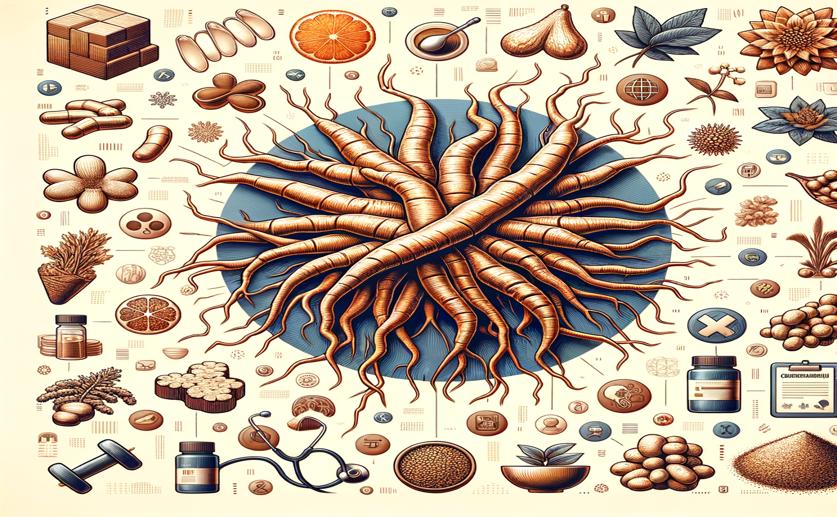
How Ginseng-Douch Compound Helps Treat High Cholesterol
Jenn Hoskins
15th September, 2024

Image Source: Natural Science News, 2024
Key Findings
- The study by the Heilongjiang Academy of Chinese Medicine Sciences found that Ginseng-Douchi (GD) significantly lowers lipid levels in hyperlipidemic rats
- Researchers identified nineteen potential biomarkers involved in various metabolic pathways, including linoleic acid and glycerophospholipid metabolism
- GD regulates key therapeutic targets (PIK3CA, AKT1, and EGFR) involved in lipid metabolism and cellular growth, providing a scientific basis for its lipid-lowering effects
References
Main Study
1) Study based on metabolomics and network pharmacology to explore the mechanism of Ginseng-Douch compound fermentation products in the treatment of hyperlipidemia.
Published 12th September, 2024
https://doi.org/10.1002/jsfa.13858
Related Studies
2) Efficacy of Panax ginseng supplementation on blood lipid profile. A meta-analysis and systematic review of clinical randomized trials.
3) Saponins (Ginsenosides) from stems and leaves of Panax quinquefolium prevented high-fat diet-induced obesity in mice.



 7th September, 2024 | Jim Crocker
7th September, 2024 | Jim Crocker